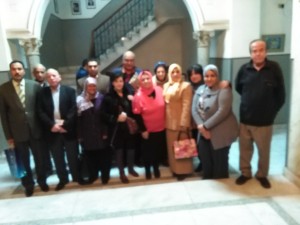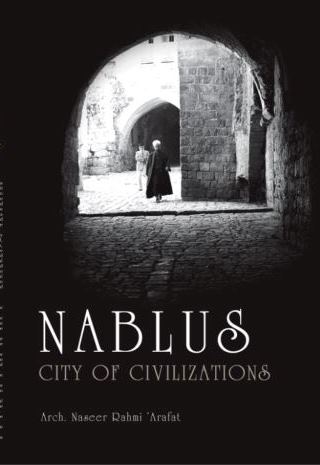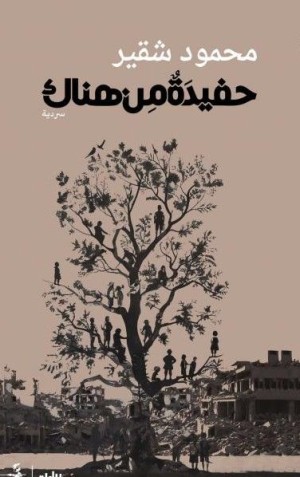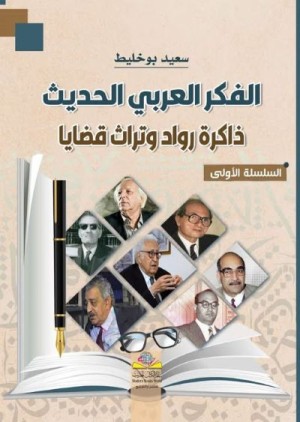Nablus City of Civilzations
Nablus the City of Civilizations represents in its pages the city's streets, shows through its buildings the symbols of its civilization, and in the words of the book reveals the discourse of its people, their social life, customs and traditions, their trades and traditional industries and their humanistic sciences. The pages of the book are decorated with poems inscribed on the city's old stones, and sweetened with its Nabulsi Kunāfa. It is a book about and of the city, narrating its story through its architecture, monumental, like its two mountains, constructed by the many civilizations and different peoples who have lived and built on its land, and who have participated in its perfection, so that it rightly deserves the name “City of Civilizations”
Nablus is a city where the structures of the civilizations that existed in it are manifest. It has the right to be proud of its continuous survival despite the earthquakes, the disasters and wars that decelerated its progress. Yet it preserved its loftiness and the greatness of its people… and is fascinating with its ancient heritage. This book, through twelve detailed units, presents a complete description of the city, with documented data of its history, accompanied by architectural description of its buildings with graphs and pictures, and decorated by lines of poetry inscribed on the stones. The words of the poems describe the buildings, praise their owners and through coding by the alphabetical letters determine the date of their construction; this was well checked and documented whenever it was possible to read the words. Description in this field may be detailed enough, through pictures and graphs of decoration, to show the advancement of the architecture, which imparts particular beauty to the architectural treasures; while the maps that specify the sites of the described buildinsg constitute an exceptional guide that facilitates visiting and enjoying them. Lacking freedom for long intervals of history, the people of the city have struggled long to achieve their independence, which, as is narrated in the book, is their historical right. It is worth mentioning here, that the number of references was reduced in the historical preface about the city to facilitate reading and avoid monotonous repetition by researchers. Yet, despite the effort that lasted for years, still much has to be done in documentation and information about this remarkable city. I hope that this modest contribution of mine will be a drive for the others to write on this noteworthy subject. Finally, I would like to remind the readers of what al-‘Imād al-Asfahāni wrote: “ I found that any writer who writes a book one day is certain to say, the next day; if I change this it will be better, if I add this it will be an improvement, if this is written before it will be better and if that is left out it will be finer. This is in fact a great lesson and an evidence of human limitations”.
Further Reading
Upcoming Events

Sonallah Ibrahim's Ice
June 26, 2025
Join us for a special discussion on Sonallah Ibrah...

Arabia Felix - Alarabia Alsaida in Bayt Yakan
April 15, 2025
Arabia Felix by Thorkild Hansen, and translated by...

A writer, a vision, a journey: a conversation with Professor Ilan Pappe
March 15, 2025
This event took place on 15 March, 2025 . You may...

مسافر يبحث عن ماء
February 17, 2025
تقيم نقابة اتحاد كتاب مصرشعبة أدب الرحلات تحت رعاي...




